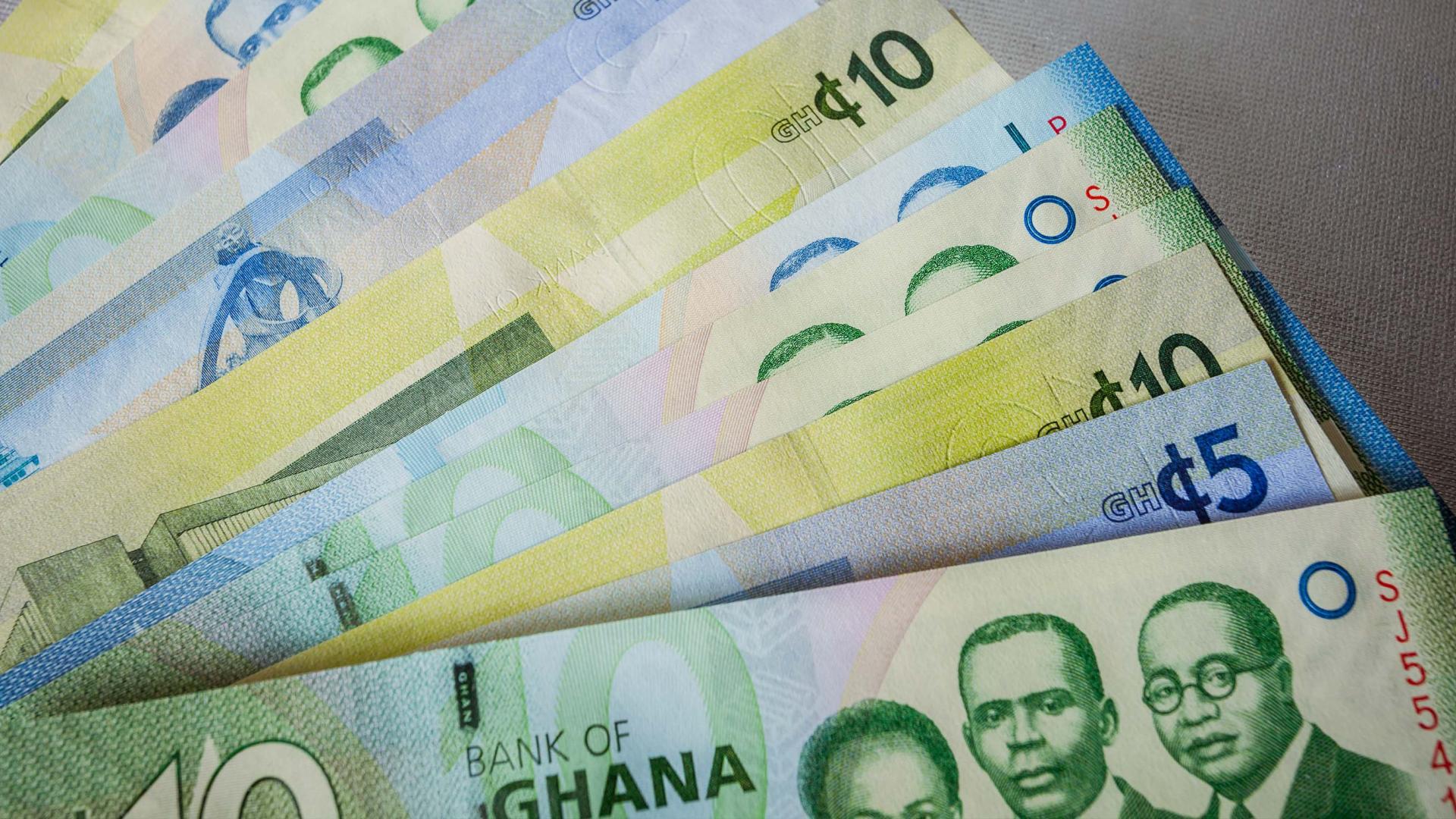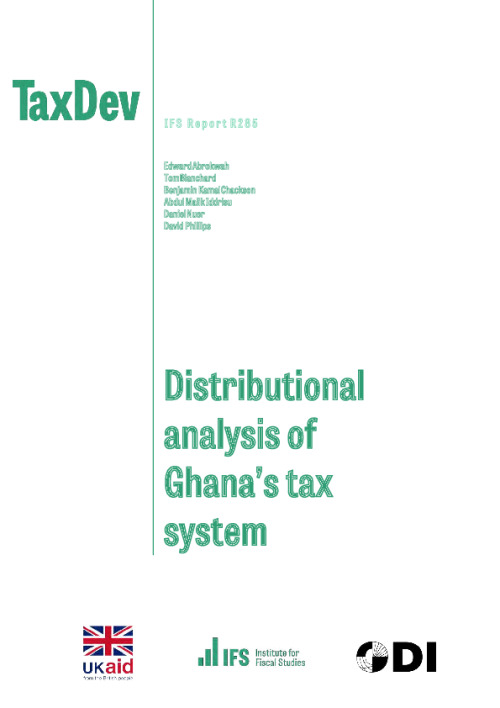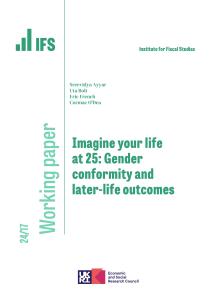In recent years, policymakers across the globe have become increasingly interested in not only the revenue consequences of tax policies but also their distributional impacts: that is, their impacts on different segments of the population. Such evidence can promote a more equitable and welfare-enhancing tax and benefit system, helping distinguish policies which may help meet a government’s objectives for inclusive development from those which may have unintended or undesirable effects on low- and middle-income households.
In this context, the Centre for Tax Analysis in Developing Countries (TaxDev), in collaboration with the Tax Policy Unit (TPU) at the Ghanaian Ministry of Finance, has built a microsimulation model of Ghana’s tax system. This model (called GHATAX) uses micro-level data on household incomes and characteristics from the Ghana Living Standard Survey (GLSS) and macro-data based on the structure of Ghana’s economy from Ghana’s Social Accounting Matrix (SAM) in order to estimate the distributional effects of the main elements of Ghana’s direct and indirect tax systems, such as personal income tax (PIT) and value added tax (VAT).
In this report, we use GHATAX to analyse the distributional effects of Ghana’s tax system as of December 2022, as well as the effects of reforms announced in the 2023 Budget.
Key findings
1. Ghana’s personal income tax (PIT) is strongly progressive, reflecting the fact that the marginal rate (and hence average rate) of tax paid increases with income. For example, as of December 2022, the marginal rate was 0% on incomes below GH¢ 4,380 per annum, and increased up to a maximum of 30% on incomes over GH¢ 240,000 per annum. As a result, PIT payments are estimated to amount to around 2.4% of consumption for the poorest tenth of Ghanaian households, compared to around 10.3% of consumption for the richest tenth. In cash terms, the richest tenth of households are estimated to pay around 80 times as much income tax, on average, as the poorest tenth.
2. Ghana’s indirect tax system as a whole is slightly progressive. However, there are significant differences between different indirect taxes:
- Value added tax (VAT) and the associated levies (Ghana Education Trust Fund Levy, National Health Insurance Levy and COVID-19 Health Levy) are mildly progressive. This reflects two factors: first, that goods and services exempted from VAT and the levies form a bigger share of the budget of poorer households; and second, that home production, on which no taxes are levied, contributes a bigger share of overall consumption for poorer households.
- The excise duty system is regressive, on average; measured as a fraction of their consumption, poorer households pay a higher amount of excise duty. This reflects the fact that poorer households spend a higher fraction of their budgets on excisable products, and that excise taxes are designed to discourage the consumption of harmful products, rather than to contribute to the progressivity of the tax system.
- Ghana’s Communication Services Tax (CST) system and petroleum taxes (e.g. Road Fund Levy) are generally progressive. This can be attributed to the relatively greater access to telecommunication and digital electronic devices and the use of motor vehicles and other fuel-consuming equipment by the rich than the poor. Over time though, we anticipate that these taxes may become less progressive and contribute more significantly to revenues as poorer households’ demand for these products and services increases.
3. These patterns mean that, taken together, Ghana’s PIT and indirect tax system are progressive, reducing inequality by 3 percentage points as measured by the Gini coefficient. On average, these taxes are estimated to amount to 14.1% of consumption for the poorest tenth of households, around 15.9% for households in the middle of the consumption distribution, and around 24.6% for households in the top tenth of the consumption distribution. PIT and indirect taxes are, on their own, estimated to increase poverty by around 3 percentage points. But previous research shows that poor households benefit from a larger share of public spending than they contribute in taxes, meaning the overall effect of tax and spending together will be to reduce poverty.
4. Considering impacts by gender, female-headed households pay less in tax, both in cash terms and as a share of their overall consumption. This largely reflects the fact that they have lower incomes, which means that they pay less under Ghana’s progressive income tax system. They also report spending a lower share of their budgets on excisable products.
5. Recent changes to the tax system including the revision of the tax-free PIT band, the increase in the standard VAT rate and the changes to the excise duty regime all have important distributional consequences:
- The increase in the standard rate of VAT from 12.5% to 15% is mildly progressive, again reflecting the impact of exemptions and home production.
- The increase in the tax-free PIT band has the biggest benefit measured as a proportion of consumption for households in the middle of the consumption distribution, and in cash terms has the biggest benefit for the richest households in Ghana. However, the introduction of a new top marginal tax rate of 35% will reduce the net incomes of households with very high incomes.
- The change in the excise duty regime for cigarettes and tobacco products is regressive but has only a very small impact on households’ overall budgets right across the consumption distribution. The poorest tenth of households will spends an additional 0.06% of their total consumption budget on excise duty payment compared to just 0.004% for the richest tenth.
- Finally, the new 20% excise duty on fruit juices is strongly progressive but very small in the context of households’ overall budgets, with duty payments estimated to be equivalent to close to 0% of consumption for the poorest tenth of households and 0.07% for the richest tenth.
- The impacts of these policies vary by gender. Female-headed households are estimated to benefit less as a percentage of their consumption from the increase in the income tax-free allowance (although they will also be less likely to be affected by the new 35% top rate of income tax). Their lower reported expenditure on cigarettes and tobacco products means that they are also estimated to be less affected by this policy change. Female-headed households are however estimated to be affected in the same way as male-headed households by the new duty on fruit juice, given their similar average levels of expenditure on these products.












